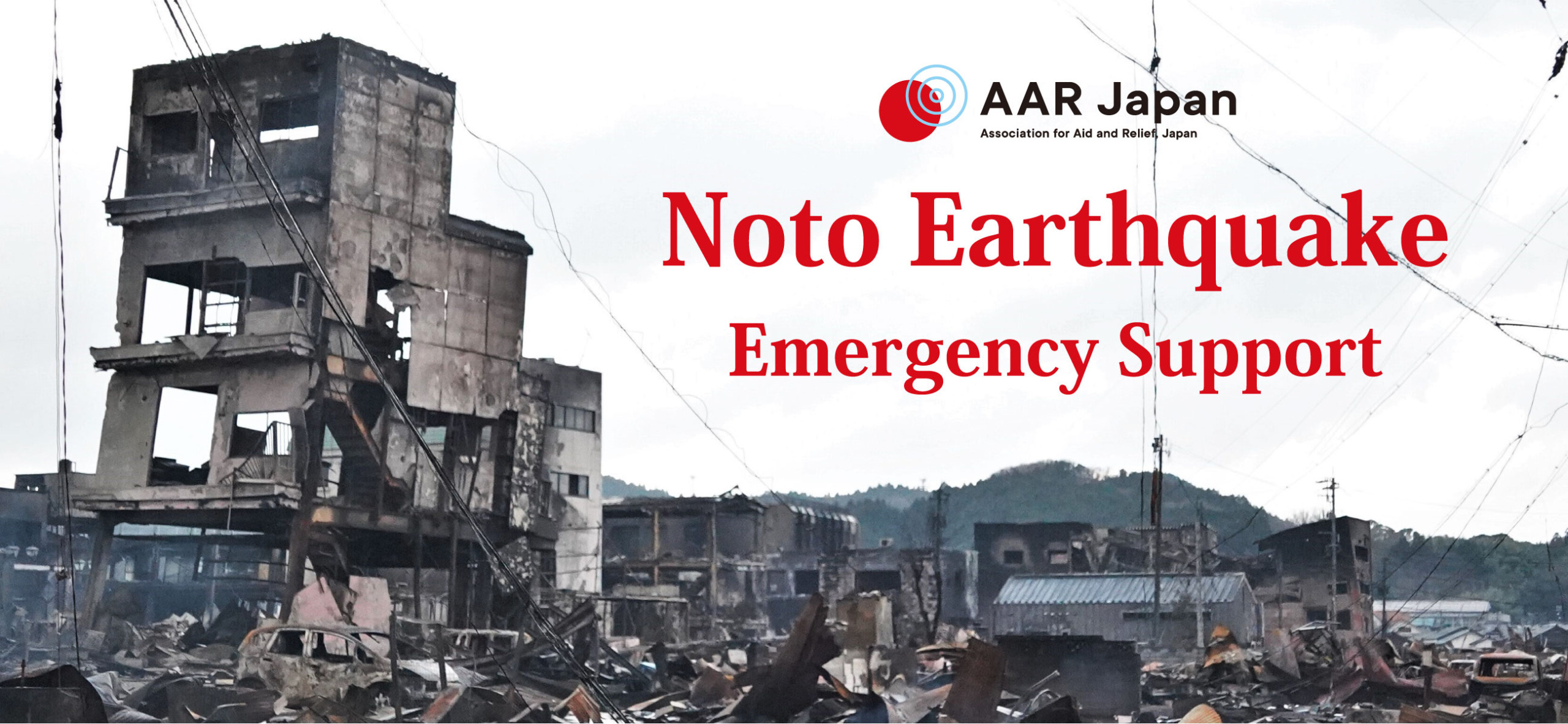Kesiapan Jepang Menghadapi Bencana: Pembelajaran dari Ishikawa
Japan's seismic event in 2024 is a significant moment in Japan's seismic history, highlighting the nation's susceptibility to earthquakes and testing its strategies for responding to disasters. This article provides a thorough examination of the Ishikawa Earthquake 2024, looking into its location at the convergence of four tectonic plates and its remarkable regional consequences. We also delve into Japan's past encounters with earthquakes, concentrating on the recent incident near the Noto Peninsula. Additionally, the piece tackles the intricate recovery efforts in progress, emphasizing Japan's ability to recover. Understanding the Ishikawa Earthquake 2024 is essential for comprehending the intricacies of Japan's tectonic dynamics and its preparedness for future seismic challenges.
Ishikawa Earthquake 2024 Seismic Landscape: Understanding Tectonic Patterns
At approximately 4 pm local time, the Ishikawa earthquake in 2024 shook the Noto Peninsula, boasting a significant 7.6 magnitude. Its capacity for extensive destruction resulted in immediate tsunami alerts for Japan's west coast and adjacent regions, including South Korea. Given Japan's history with catastrophic earthquakes, rapid responses to these alerts are essential for minimizing harm and devastation.
Event Timing and Scale:
The Ishikawa Earthquake 2024 occurred with unexpected precision at 4 pm local time, transforming the serene Noto Peninsula. This significant 7.6 magnitude earthquake challenged the resilience of local communities and attracted the attention of global seismologists and disaster response teams. The occurrence of the event highlights the unpredictability of seismic activities in Japan, a nation accustomed to regular tectonic movements. The earthquake's scale, indicative of possible widespread destruction, marked a vital chapter in Japan's continuous battle with seismic threats. Following the earthquake, the issuance of tsunami bandar togel warnings exemplified the urgent need for effective disaster response, reflecting between historical understanding of earthquakes and the necessity for immediate, life-saving measures.
Ishikawa Earthquake 2024: Timely Response and Scale Assessment

Hitting at about 4 pm local time, the Ishikawa earthquake shook the Noto Peninsula, revealing a formidable 7.6 magnitude. Its likelihood for extensive destruction led to immediate tsunami alerts for Japan's west coast and neighboring regions, including South Korea. Given Japan's history with catastrophic earthquakes, speedy responses to these alerts are necessary for minimizing harm and devastation.

Tracing Japan's Seismic History: Lessons from Past Quakes
Japan's seismic narratives are marked by numerous catastrophic events, including the 2011 Great East Japan Earthquake being a poignant example. A catastrophe of 9.0 magnitudes, it unleashed a tsunami and led to the Fukushima nuclear incident, claiming around 20,000 lives and causing significant economic damage. The Ishikawa earthquake 2024 serves as a stark reminder of these past tragedies, emphasizing the ongoing need for effective disaster preparedness.